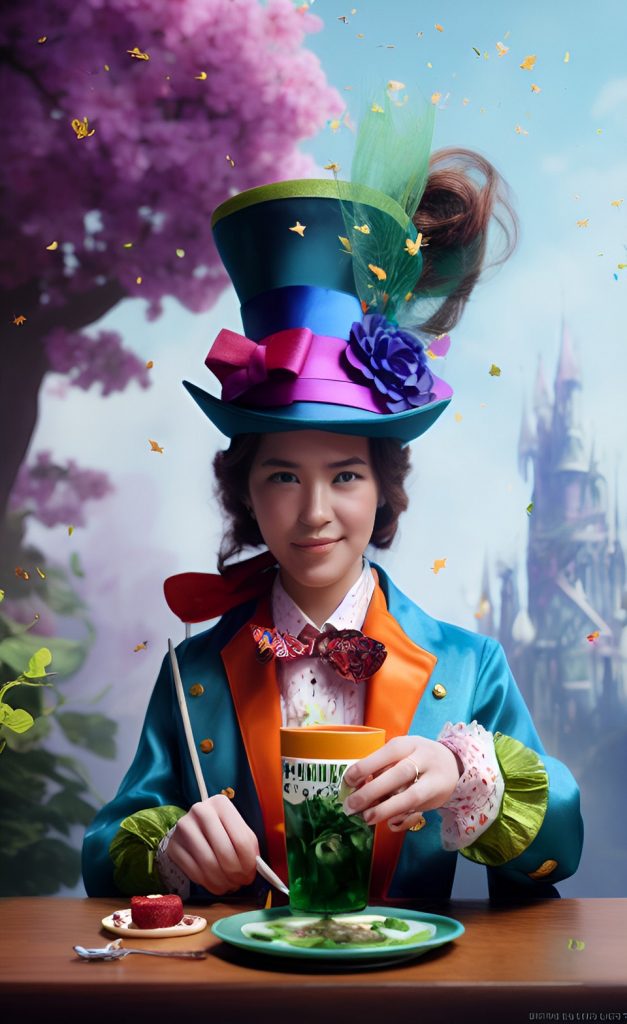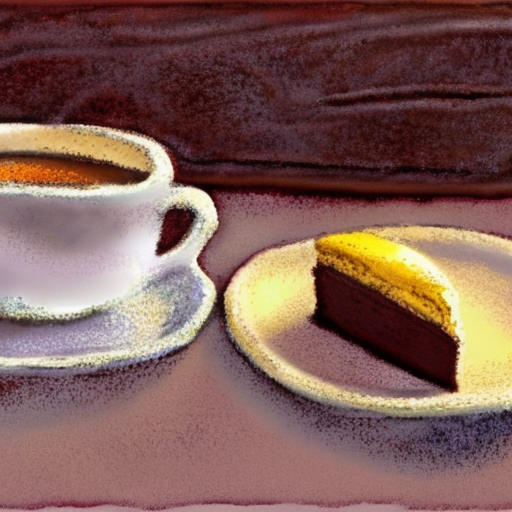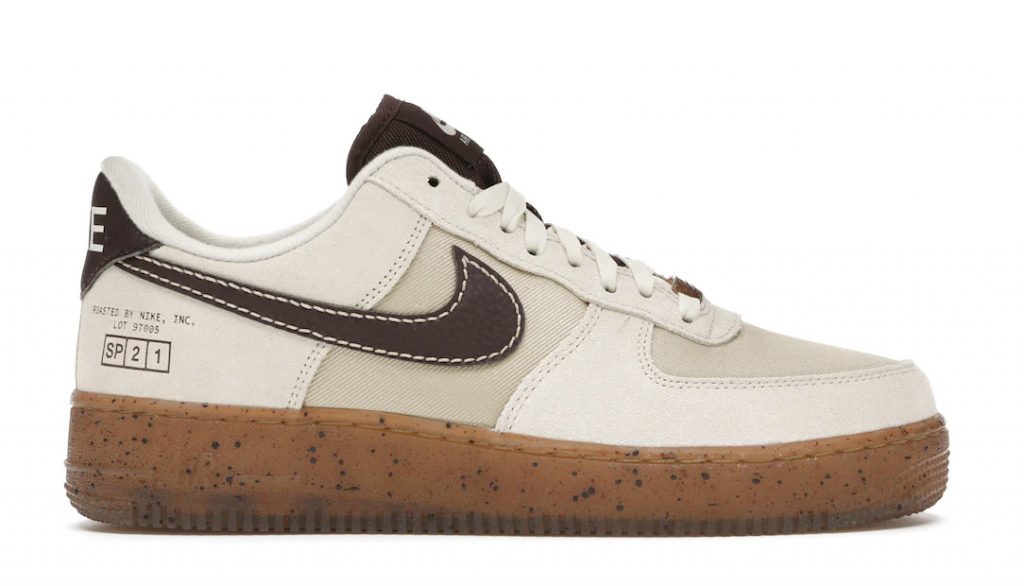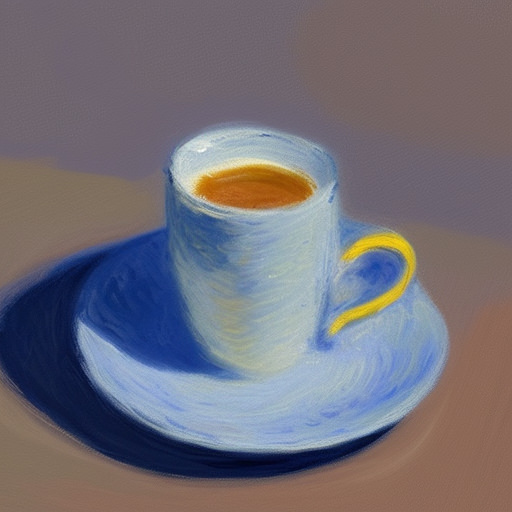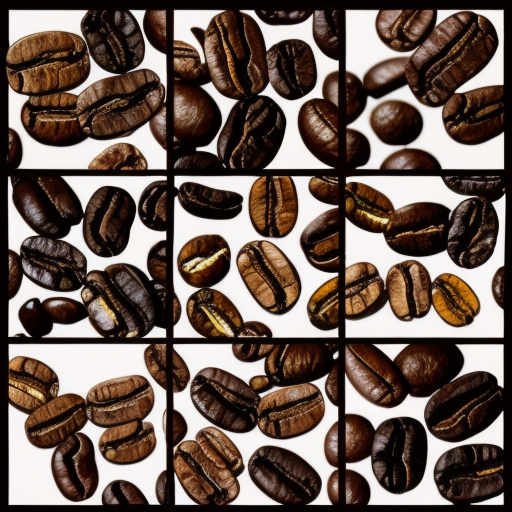I knew there must be a way to pull my love of coffee into our game night more than drinking. A bit of exploring and I found a pretty good list of options. From solitaire style, ones for kids, board, and card games. Here are four of the list that I took the time to dig into further than just reading about. Perhaps one will need to make it into your family or friends game night.
The Caffeine Rush Board Game is a fun and engaging game that is perfect for coffee lovers. The game is easy to learn and can be played by two to six players. The objective of the game is to be the first player to collect all the necessary ingredients to make their coffee drink.
One of the great things about this game is the attention to detail in the coffee-related challenges. The trivia questions are both fun and educational, and the matching and memory games are cleverly designed to incorporate different types of coffee beans and brewing methods.
The Caffeine Rush Board Game is a great addition to any game night, especially for coffee enthusiasts. It’s a well-designed game that is both entertaining and educational, making it perfect for players of all ages.
The Coffee Roaster Solitaire Game is a fun and challenging game that simulates the coffee roasting process. Players manage time and temperature to roast the perfect batch of coffee beans.
A strength of the game is the attention to detail in the coffee roasting process, which adds a level of realism that is both educational and enjoyable. The game also features beautiful artwork and high-quality components.
The Coffee Roaster Solitaire Game is a must-have for coffee enthusiasts who enjoy a challenging and rewarding solitaire game. It’s a well-designed game that is both entertaining and educational, making it a great choice for players of all skill levels.
The AMIGO Café International Board Game is a fun and engaging game that lets players experience the coffee shop atmosphere. Players draw cards to create different coffee drinks and earn points based on customer orders. The game offers flexibility in terms of difficulty level and includes a variety of strategies for winning.
The game is the attention to detail in the coffee shop experience is very nice, including different types of coffee and milk. The game is immersive and educational while still being fun and engaging.
The AMIGO Café International Board Game is a well-designed and enjoyable game that is perfect for coffee lovers and board game enthusiasts. The game’s flexibility, attention to detail, and depth make it a game that can be enjoyed for years to come.
The Pressman Coffee Talk Game is a fun and easy-to-learn party game that is perfect for coffee enthusiasts. Players must try to guess their opponents’ coffee preferences to collect a complete set of coffee orders. The game includes special action cards and a variety of strategies that keep the game interesting and engaging.
One of the strengths of the game is its high-quality components, including beautiful illustrations of different types of coffee drinks. The game is also easy to learn and play, making it a great choice for casual game nights or new players.
The Pressman Coffee Talk Game is a well-designed and enjoyable party game that is perfect for coffee lovers and casual gamers. Its simplicity and quality make it a game that can be played and enjoyed for years to come.
Please note that if you purchase from clicking on the link, some will result in my getting a tiny bit of that sale to help keep this site going.

